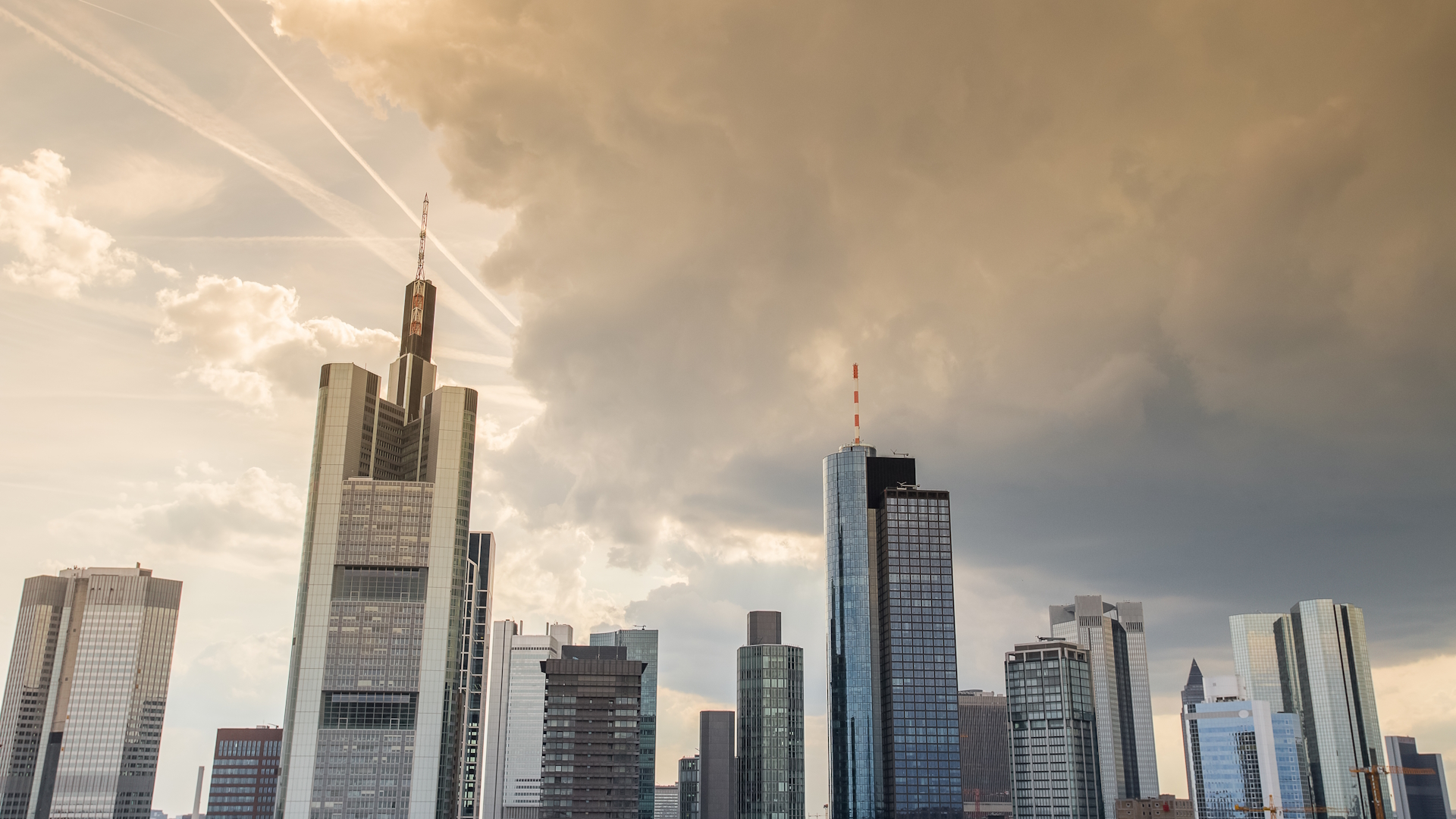By Ulrike Uitz
Minimising systemic risks is the goal of the European Market Infrastructure Regulation (EMIR) in European derivatives trading. In future, transactions will be subject to new obligations – including an extended reporting procedure to BaFin and ESMA. What does this mean for the banks? Where are the challenges? And what does a project for implementing the new requirements look like? These questions are answered below as follows.
The European legislator comprehensively revised EMIR in 2019 (EMIR Refit). The amendments also affect the reports to the transaction register in accordance with Article 9, EMIR. As part of the revision of the RTS and ITS, the reporting content was expanded and the data format prescribed for reporting was changed to ISO 20022. Implementation of the regulatory provisions is associated with a high level of effort, starting with the technical adjustments and concluding with the rewriting of the scenarios to be reported.
The affected institutions – i.e. all parties to derivatives transactions – have until 29 April 2024 to implement the changes. Due to the large number of complex and time-consuming projects that banks are currently involved in, many institutions have not yet been able to deal with the topic of EMIR Refit in detail. These include the EUREX C7 projects, the postponed T2-T2S migration, the introduction of ISO 20022 and numerous other regulatory topics.
Hybrid model for the EMIR Refit implementation
In addition to professional and technical competence, smooth implementation also requires experience in dealing with the migration of holdings and transactions. This is because the EMIR Refit means, inter alia, the introduction of action and event types for the companies and, therefore, a significant change in the quality of the messages, which results in the XML standard according to ISO 20022. By moving away from the linear structure in csv format to the more complex XML format, all reports under EMIR will be standardised and more precise in the future.
Based on our many years of experience in similar projects, it can be deduced that the migration of the reporting data of open transactions should be started promptly and not done “on the side.” Therefore, at DPS we have developed a hybrid model to support financial institutions in implementing the requirements. The goal is to obtain the fastest possible overview of all necessary courses of action and, therefore, lay the foundation for in-time implementation.
In addition to the functional and technical analysis of the existing systems with their transactions and existing messages, parallel consideration is given to how migration of the open transactions can take place. This process is very complex due to the large number of new and changed fields in the report. Implementation of the new requirements for the new technical reporting format as well as an extensive test should, therefore, be carried out iteratively.
Regulatory background
The European Market Infrastructure Regulation (EMIR), dated 4 July 2012, imposes various obligations on parties to derivatives transactions, the common goal of which is to improve the transparency and safety of OTC derivatives trading. Article 9 provides for an obligation of the parties to report to a transaction register certain details of the derivative contracts they have entered into. This obligation is specified in Regulatory and Implementing Technical Standards (RTS and ITS). Further details can be found on ESMA’s website, including ESMA publishes Guidelines and technical documentation on reporting under EMIR REFIT (europa.eu).
For more information on DPS’s Capital Markets services, click here.
Do you have questions about this topic or need advice? Please feel free to contact us.











